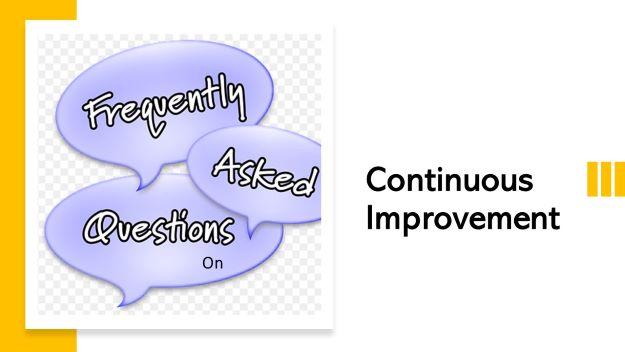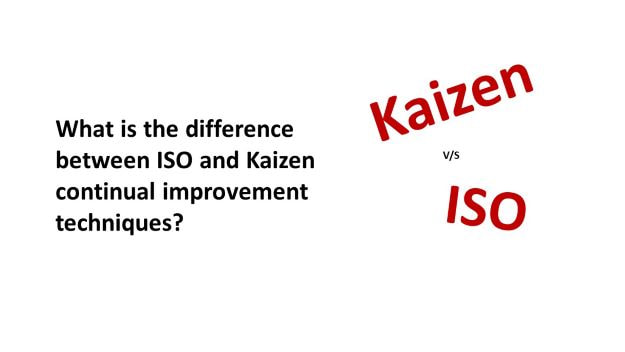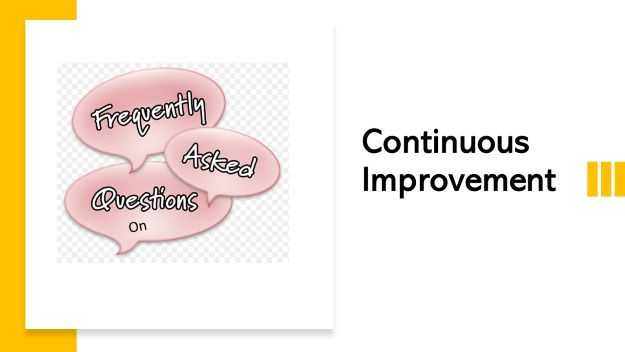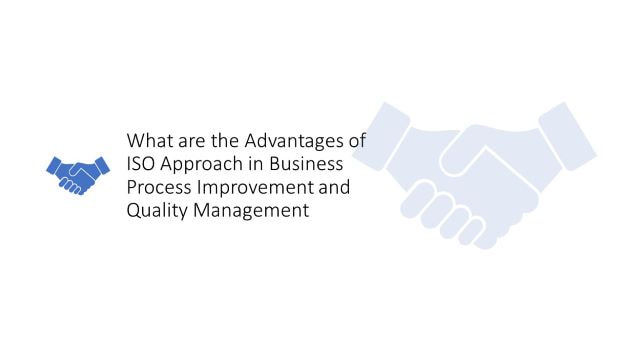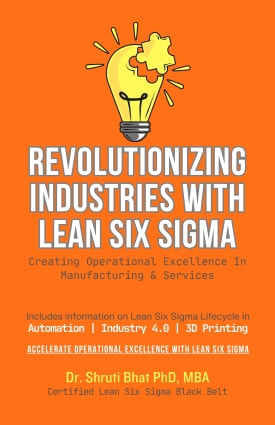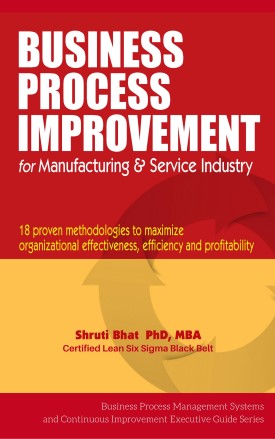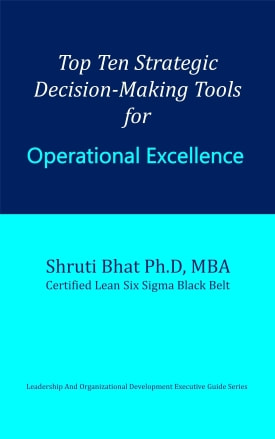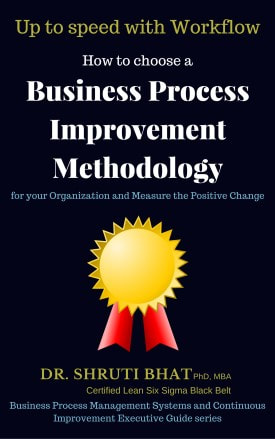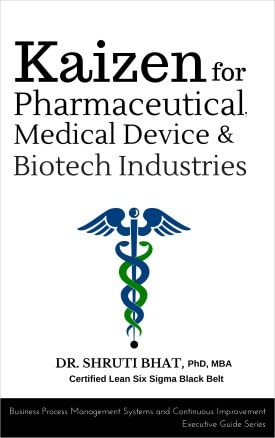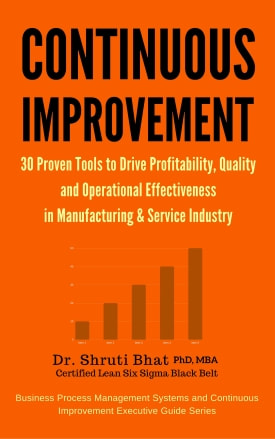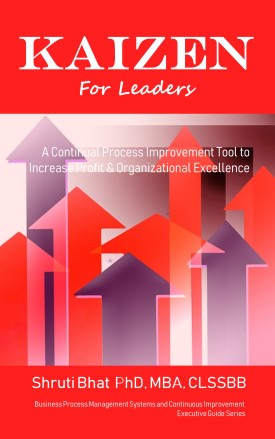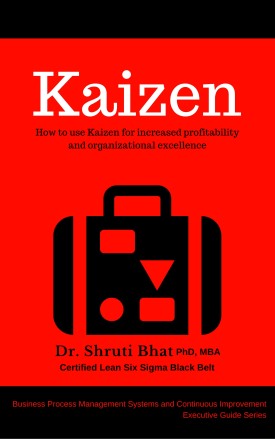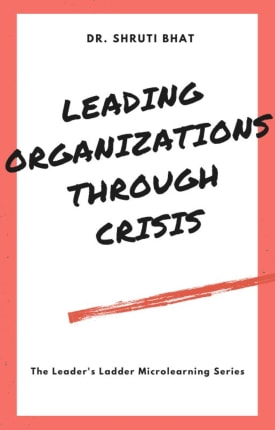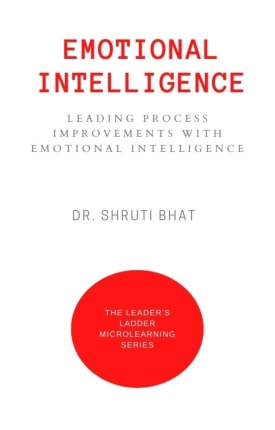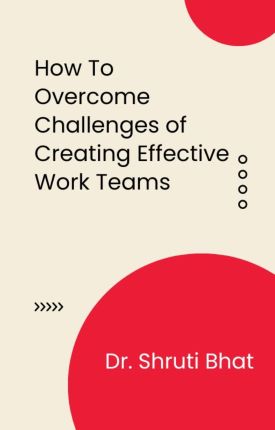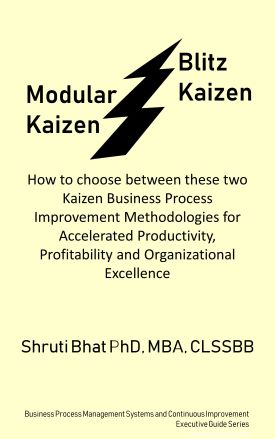So, let’s get started…
FAQ 7- What are the differences between ISO Vs CMMI and ISO Vs Six Sigma from a quality management systems standpoint?
As regards ISO Vs Six Sigma, a comparison is impossible since they perform quite different functions. ISO 9000 family indicates ‘what and how’ an organization will manage the quality of its products and services; while Six Sigma focuses on reducing or eliminating errors, variations, and increasing customer satisfaction’.
I shall discuss more FAQs concerning effective & efficient business process improvement in upcoming parts of this blog post series...
By the way, if you run a company that is facing a challenge to thrive in these difficult times, I would suggest that you please revisit your business processes in order to accelerate growth and bring a quick turnaround.
Related reading:
#businessprocessimprovement #ISO #SixSigma #CMMI #qualitymanagement #businessprocessmodification #businessprocessreengineering #processimprovement #continuousimprovement

